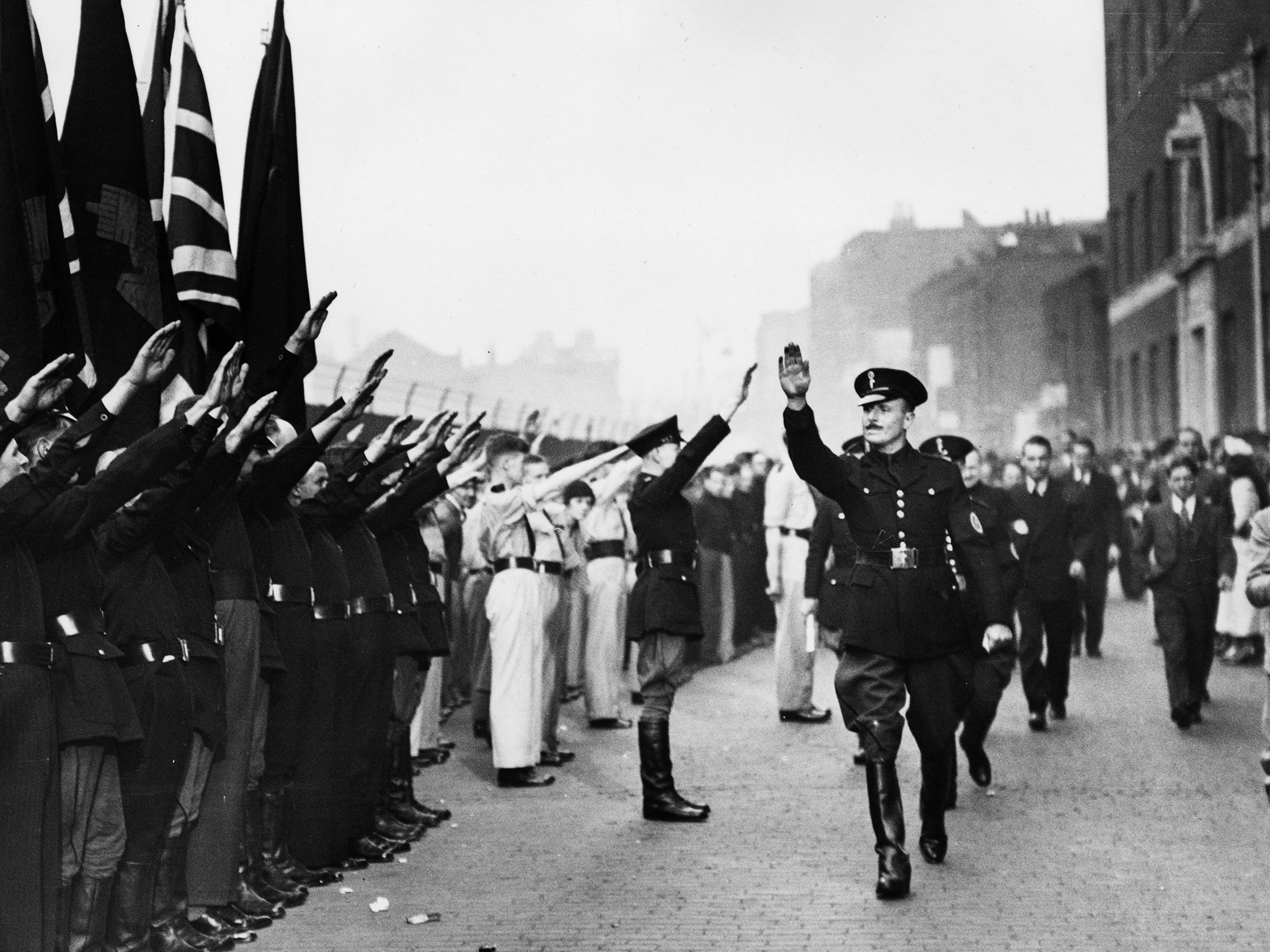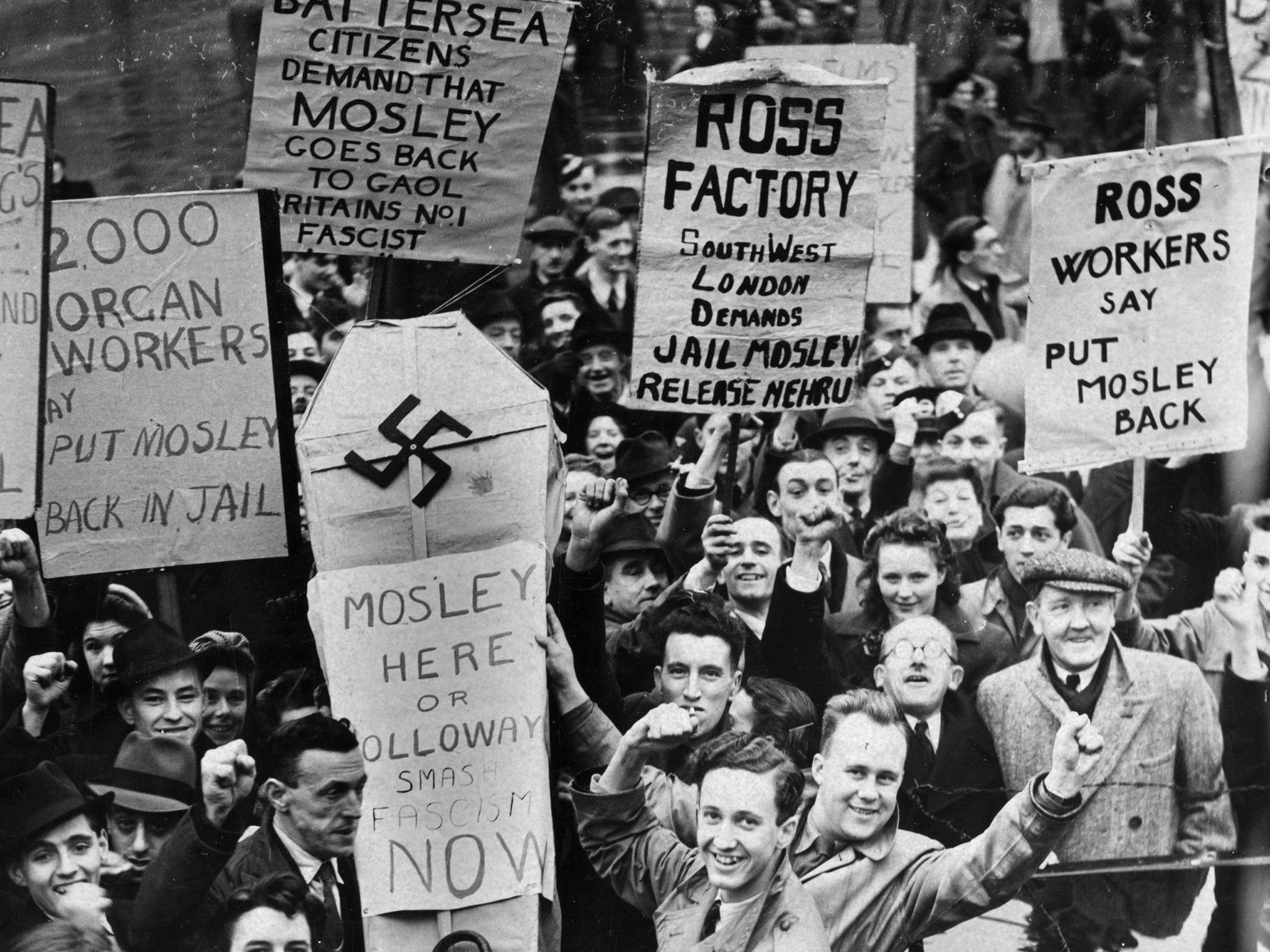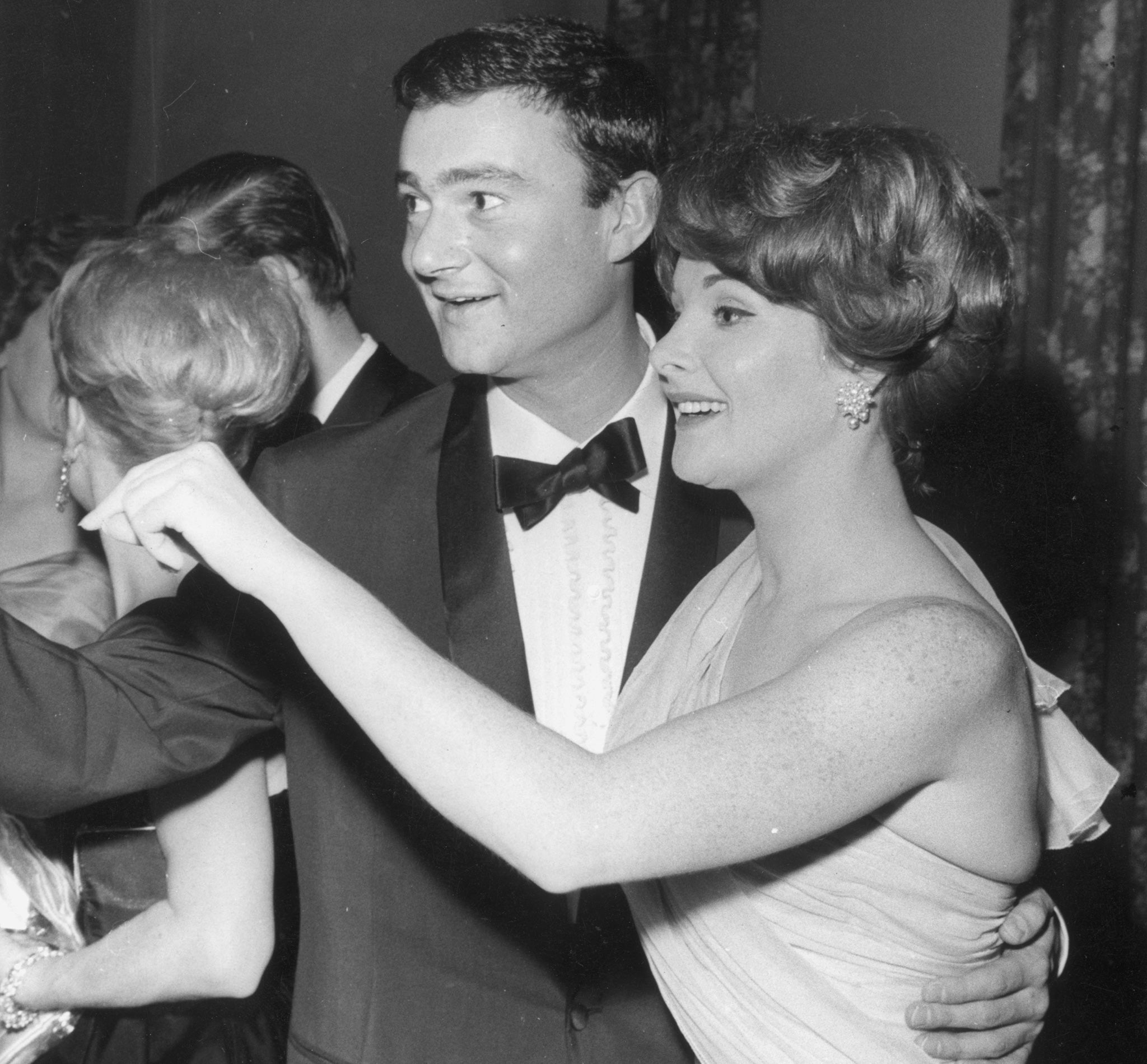The 43: Story of how UK Jews fought a wave of post-war anti-Semitism to be subject of new TV series
The story of how UK Jews – including Vidal Sassoon – fought a wave of post-war anti-Semitism is to be the subject of a TV drama series

Your support helps us to tell the story
From reproductive rights to climate change to Big Tech, The Independent is on the ground when the story is developing. Whether it's investigating the financials of Elon Musk's pro-Trump PAC or producing our latest documentary, 'The A Word', which shines a light on the American women fighting for reproductive rights, we know how important it is to parse out the facts from the messaging.
At such a critical moment in US history, we need reporters on the ground. Your donation allows us to keep sending journalists to speak to both sides of the story.
The Independent is trusted by Americans across the entire political spectrum. And unlike many other quality news outlets, we choose not to lock Americans out of our reporting and analysis with paywalls. We believe quality journalism should be available to everyone, paid for by those who can afford it.
Your support makes all the difference.When Morris Beckman returned to Hackney after the Second World War, he - like other British Jewish servicemen - must have hoped his work was done in snuffing out fascism and the anti-semitism that drove the Holocaust.
It did not take him long to realise that it was not. After arriving at his parents’ East London home after six years of service as a merchant seaman, during which he had been twice torpedoed, Mr Beckman sensed an unease. His father told him: “The Blackshirts are back, the fascists are back.”
Against a backdrop of smashed windows and anti-Jewish graffiti, Oswald Mosley and his supporters had re-named themselves the “British League of Ex-Servicemen and Women”. By early 1946, they were once more holding outdoor meetings and seeking to regain the pre-war momentum of Mosley’s British Union of Fascists.
While the language had changed - instead of railing against Jews, the Mosleyites used the euphemism “aliens” - it was clear that the intent to spread the poison of anti-semitism by targeting London’s Jewish communities had not. The windows of the Jewish religious school in Dalston were smashed and Jewish shops were daubed with the letters “PJ” - “Perish Judah”. Jews were taunted in the streets “Not enough Jews were burned in Belsen” and the Horst Wessel song was openly sung after pubs closed.

For Britain’s Jewish war heroes the juxtaposition of images emerging from Auschwitz, Treblinka and other death camps with the realisation that Hitler’s British fellow travellers were once more flourishing was profoundly shocking.
Mr Beckman said: “At that time one could be sickened by newsreel documentaries showing bulldozers in concentration camps shovelling mounds of bodies into limepits, and then later encountering fascist speaker saying things like, ‘Hitler was right, but not enough Jews were gassed’.”
He added: “We wanted revenge - the Holocaust was in our minds. We decided we had to out-fascist the fascists.”
What followed over the next four years was a brutal, often vicious and now long-forgotten confrontation which, its participants argue, stopped a nascent British fascism dead in its tracks while others looked away by using the only method Mosley and his supporters understood - sustained, focused and overwhelming violence.
In February 1946, Mr Beckman and three fellow Jewish ex-servicemen including a decorated former Paratrooper wounded at Arnhem had disrupted a fascist meeting in Hampstead on the spur of the moment, making their escape to the applause of an elderly Jewish refugee. Shortly afterwards, a gathering of British Jews took place at the nearby Maccabi Sports Club to discuss how to counter the threat posed by post-war fascism.
Mr Beckman, who died earlier this year aged 94, recalled: “They were told that the intention was to create an organisation that would be devoted to launching an all-out assault on Mosley and his fascists until they were utterly destroyed. They were told it would be a no quarter, no holding back, disciplined para-military operation. Those present were offered the option of ducking out with no hard feelings. Not a single one left the room.”
A total of 43 Jewish ex-services personnel attended the meeting and so the 43 Group was born with the unvarnished intent of, quite literally, beating British anti-semitic activists into submission. Among these soldiers, sailors and airmen would be a teenage former British Army private who was serving an apprenticeship as a hairdresser and went by the name of Vidal Sassoon.
The resulting conflict, fought out in London’s Jewish suburbs and beyond by what became a force of more than 1,000 Jews and non-Jews, has largely fallen from popular memory.
But as its participants dwindle in number, it was announced this week that the story of their campaign is to be re-told in a six-part television drama for the BBC and the American network NBC, written by the Emmy-winning creator of Band of Brothers.
The Anglo-American producers of the series announced that the project was in its “advanced stages” after spending three years researching the activities of the 43 Group and interviewing its remaining members.

What they will have uncovered is the uncompromising story of how a group of British Jews, hardened by experiences in the front line which saw them awarded battle honours including the Victoria Cross, felt morally obliged and politically compelled to break the law in the tatty, war-weary surroundings of late 1940s Britain to protect their families and community.
Having watched the Nazis rise from a small fringe party to become the authors of the Holocaust and after encountering official indifference (James Chuter Ede, the Home Secretary in Labour’s post-war reforming government, conspicuously failed to order a crackdown), here were individuals who took the view that fire had to be fought with fire. As Sassoon later put it from his Hollywood mansion: “After Auschwitz, there were no laws.”
Where Mosleyites turned up to bait and persecute Jewish tailors in Hackney or Dalston, they found themselves confronted by former Commandos and Royal Marines well versed in mortal combat.
Julius Konopinsky, one of the 43 Group’s founding members, had more reason than many to see the virtues of such an approach. Having arrived in Hackney from Poland in 1939, he learnt in 1945 that his nine maternal uncles and aunts had been murdered by the Nazis. A year later, another uncle, who had survived Auschwitz, came to live with him.
Now 85, Mr Konopinsky said: “Call them fascists, call them Nazis, they only seemed to understand one thing - to hurt you or to be hurt. And we believed in hurting them first before they hurt us. I still believe that.”
The result was a succession of pitched battles during fascist gatherings where the 43 Group and their opponents gave no quarter. Knuckledusters, knives, steel-toed boots and sharpened belt buckles were wielded on both sides with devastating effect. One former veteran said he was told: “We’re not here to kill. We’re here to maim.”
Asked once whether he had left anyone seriously injured, Mr Konopinsky would only say “Yes”.
But what set the 43 Group apart was not just its embrace of violence but also its extraordinary level of organisation.
By 1947 it had 1,000 members across Britain, including a group of non-Jews who penetrated fascist groups and delivered back intelligence on where meetings and marches were taking place.
The group set up quick-reaction “commando” cells of ex-servicemen who were transported to Mosleyite gatherings by friendly London black taxi drivers. The men then used a twin-pronged attack to carve their way to the platform of a meeting and assault the speaker, forcing police to intervene.
Its actions included stake outs of Jewish cemeteries to catch anti-semites engaged in the desecration of graves and raids on the homes of fascists who were warned to cease their activities or face grim consequences.
The group did not gain universal approval among Britain’s Jews. The Board of Deputies feared the militants would be conflated with the activities of extreme Zionists such as Irgun, which was at the time conducting a bloody campaign against British control of then Palestine.
Although some, including Sassoon, did subsequently join in the war to establish Israel there were in reality no links between the 43 Group and such militant Zionists; nor indeed was it linked, as some suspected, to Communist agitators.
Instead, with British fascism broken in the face of the ferocity of its onslaught, the group decided to disband in 1950. Mr Beckman said: “In 1946, there were only two countries in Europe that allowed fascist parties - us and Franco’s Spain. Why did the authorities allow Mosley to go unchecked? Somebody had to do it, so we did.”
Within the Jewish community, there is cautious approval that, while its tactics are no longer valid, the 43 Group’s memory is being resurrected.
A spokesman for the Community Security Trust, the volunteer body which helps safeguard Jewish communities, said: “It is a very interesting episode in the history of the Jewish community in this country. It brings more colour and nuance to our understanding Jewish integration and how anti-semitism was fought. It was a time when a lot of Jewish people really stood up and it worked.”
Join our commenting forum
Join thought-provoking conversations, follow other Independent readers and see their replies
Comments